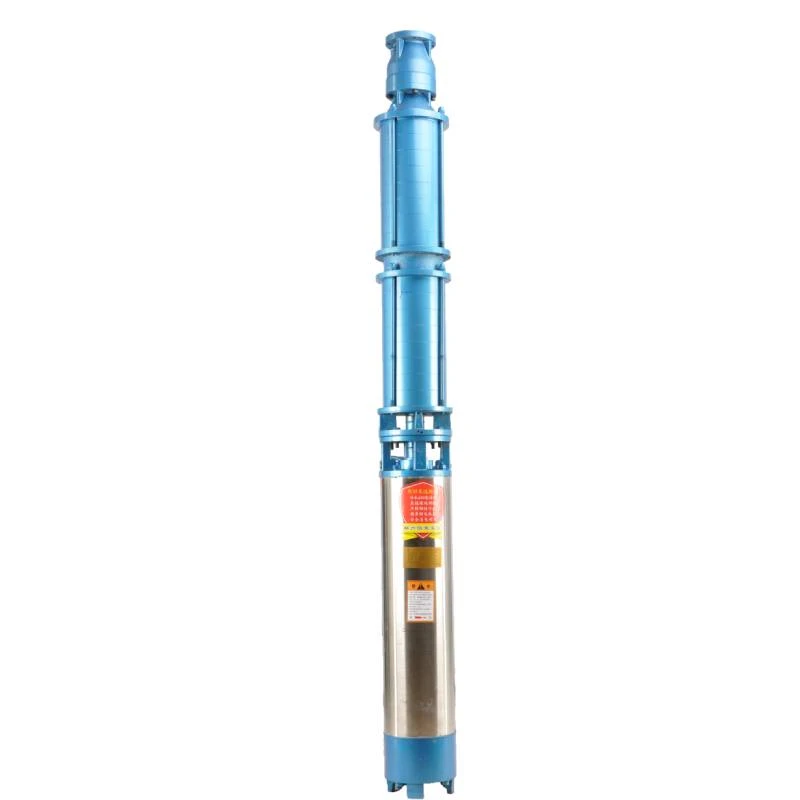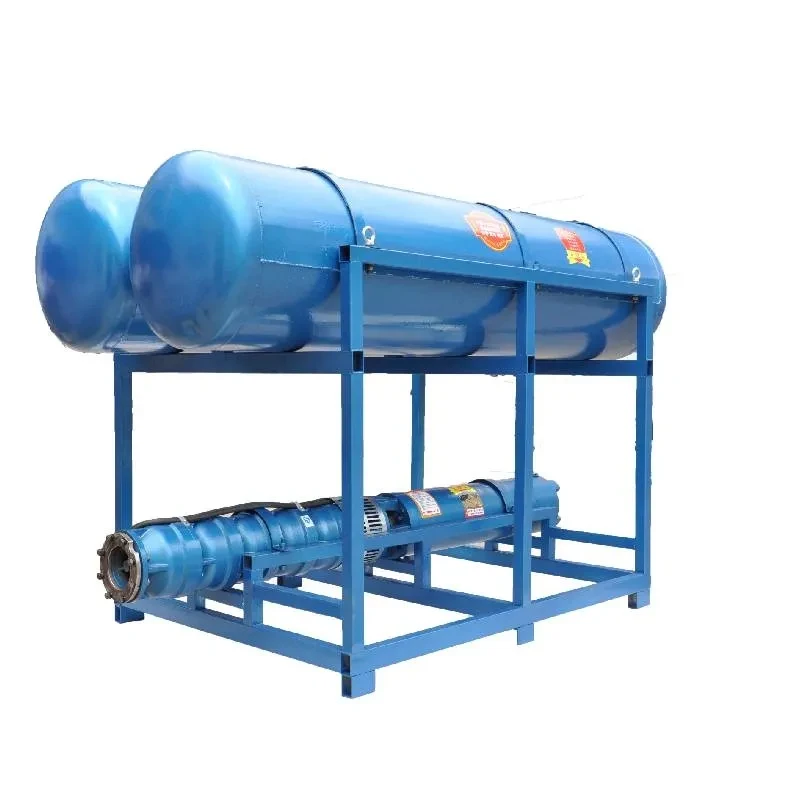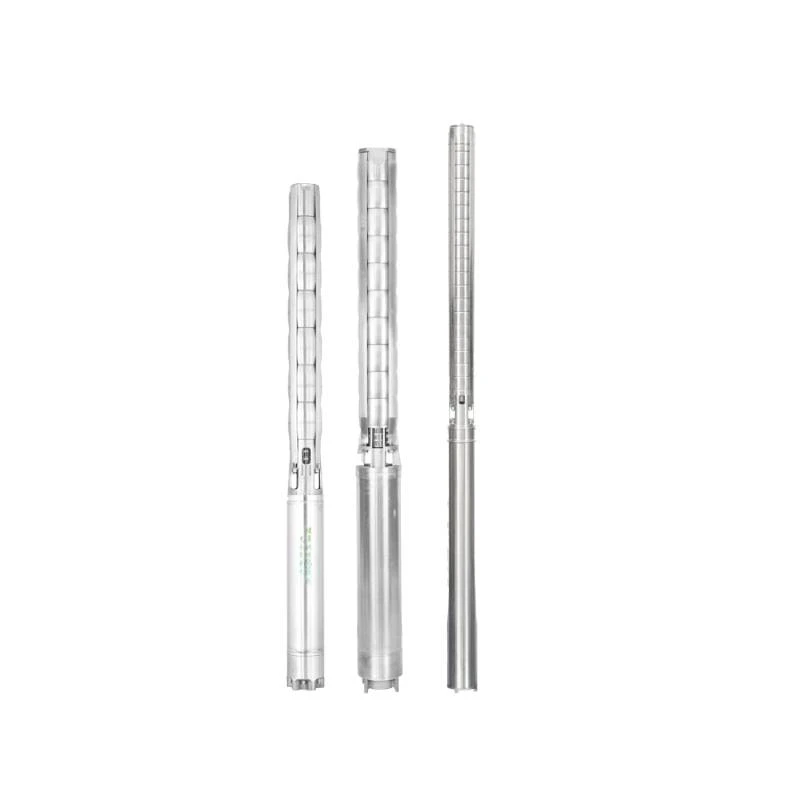Nov . 19, 2024 14:54 Back to list
submersible pump check valve
Understanding Submersible Pump Check Valves A Comprehensive Guide
Submersible pumps are critical components in various industrial and residential applications, designed to function underwater. They facilitate the movement of water or other fluids from one location to another, making them invaluable in drainage, well pumping, and wastewater management. However, to ensure their effective operation and longevity, it is essential to incorporate various components, among which the check valve plays a pivotal role. This article delves into the significance, functionality, and types of check valves in the context of submersible pumps.
What is a Check Valve?
A check valve, also known as a non-return valve, is a mechanical device that allows fluid to flow in one direction while preventing backflow. In the context of submersible pumps, check valves are installed in the discharge line of the pump to maintain the flow direction and prevent the water from flowing back into the pump when it is turned off. This is crucial as backflow can lead to various problems, including damage to the pump, potential flooding in the surrounding area, and increased wear and tear on the equipment.
Importance of Check Valves in Submersible Pumps
1. Prevention of Backflow The primary role of a check valve is to prevent the reverse flow of water, which can happen when the pump is deactivated. Without a check valve, water can siphon back, leading to the accumulation of pressure in the system and potentially causing mechanical failure or operational inefficiencies.
2. Energy Efficiency By maintaining a one-way flow of water, check valves help optimize the efficiency of the submersible pump. When backflow occurs, the pump must work harder to displace the returning fluid, which consumes more energy. The presence of a check valve minimizes this unnecessary energy expenditure.
3. System Integrity Check valves ensure that the fluid delivery system maintains its integrity. They help avoid flooding situations in basements, gardens, or other low-lying areas where submersible pumps are often used. This feature is particularly important in emergency drainage applications.
4. Cost-Effectiveness By preventing backflow and protecting pump components from potential damage, check valves can extend the life of submersible pumps. This longevity translates into reduced maintenance and replacement costs over time, making check valves a cost-effective investment for pump systems.
submersible pump check valve

Types of Check Valves
There are several types of check valves available, each with specific applications and advantages
1. Swing Check Valves These valves have a hinged disc that swings on a pivot. When water flows in the correct direction, the disc opens, allowing fluid to move through. If there’s a backflow, the disc swings closed, preventing reverse flow. They are commonly used in larger diameter pipes and in applications requiring a low-pressure drop.
2. Lift Check Valves In these valves, the disc is guided to lift off the seat by the incoming fluid flow. When backflow occurs, the disc rests on the seat, blocking the reverse direction. Lift check valves are suitable for vertical and horizontal installations and are often used in high-pressure applications.
3. Diaphragm Check Valves Utilizing a flexible diaphragm that moves with pressure changes, these valves provide a reliable sealing against backflow. They are often used in applications involving chemicals or fluids containing particulates, as they provide a robust solution.
4. Ball Check Valves These incorporate a ball that sits in a seat. Fluid flow lifts the ball off the seat, allowing movement. If backflow occurs, the ball settles back into the seat, creating a seal. These are typically used in smaller lines and applications requiring a compact design.
Conclusion
In summary, check valves are an integral part of submersible pump systems, providing essential protection against backflow, enhancing energy efficiency, and contributing to the overall integrity of fluid systems. Understanding the various types of check valves and their specific applications can help users make informed decisions, ensuring optimal performance and longevity of their submersible pumps. Investing in a quality check valve is not merely a precaution but rather a necessity for anyone relying on submersible pumps to manage water efficiently and safely.
-
Troubleshooting for Water-Filled Submersible Pumps
NewsJun.04,2025
-
Troubleshooting for Floating Deep Well Submersible Pumps
NewsJun.04,2025
-
How to Choose SS Submersible Pump for Deep Well Applications
NewsJun.04,2025
-
Floating Deep Well Submersible Pump Cost: Factors Affecting Pricing
NewsJun.04,2025
-
Buying Guide for Deep Well Submersible Pumps
NewsJun.04,2025
-
Best Submersible Pumps for Agriculture and Irrigation
NewsJun.04,2025
-
 Troubleshooting for Water-Filled Submersible PumpsSubmersible pumps are essential for various applications, including irrigation, drainage, and water supply systems.Detail
Troubleshooting for Water-Filled Submersible PumpsSubmersible pumps are essential for various applications, including irrigation, drainage, and water supply systems.Detail -
 Troubleshooting for Floating Deep Well Submersible PumpsWhen it comes to reliable water extraction solutions, the floating deep well submersible pumps stands out as a top choice for both residential and industrial applications.Detail
Troubleshooting for Floating Deep Well Submersible PumpsWhen it comes to reliable water extraction solutions, the floating deep well submersible pumps stands out as a top choice for both residential and industrial applications.Detail -
 How to Choose SS Submersible Pump for Deep Well ApplicationsWhen it comes to deep well water extraction, selecting the right pump is crucial for efficiency, durability, and long-term performance.Detail
How to Choose SS Submersible Pump for Deep Well ApplicationsWhen it comes to deep well water extraction, selecting the right pump is crucial for efficiency, durability, and long-term performance.Detail
